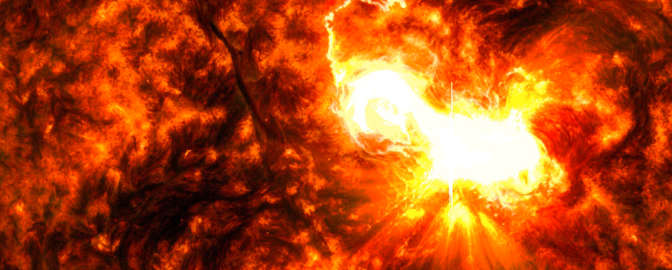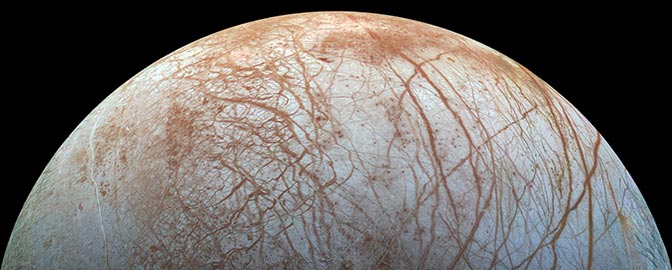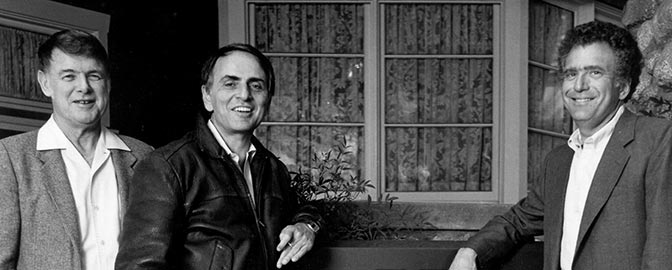The Planetary Society announces 2025 Shoemaker NEO Grant winners, supporting global efforts to protect Earth from asteroid threats
For Immediate Release
August 14, 2025
Contact
Danielle Gunn
Email: [email protected]
Phone: +1-626-793-5100
Pasadena, CA (August 14, 2025) —The Planetary Society has awarded a record $87,562 to ten advanced amateur astronomers in eight countries through its 2025 Shoemaker Near-Earth Object (NEO) Grant program, the largest amount ever distributed in a single round of grants. Named in honor of pioneering planetary geologist Gene Shoemaker, these grants provide critical support to astronomers worldwide who are finding, tracking, and characterizing asteroids that could pose a threat to Earth.
While most near-Earth object discoveries are now made by dedicated professional telescopes, these facilities cannot provide sufficient observing time or global coverage. The Shoemaker NEO Grant winners fill these gaps by making important contributions in three key areas of planetary defense:
- Characterization: Determining asteroid properties such as spin rate and whether an asteroid is a binary pair, essential for future deflection efforts and for understanding the NEO population.
- Tracking: Conducting precise positional measurements needed to calculate asteroid orbits, including whether they pose a risk of impact.
- Discovery: Expanding detection efforts, especially in the southern hemisphere, where fewer professional survey facilities operate.
The Planetary Society thanks its expert advisory panel for this round: Tim Spahr (Planetary Society NEO Grant Coordinator, NEO Sciences LLC), Carl Hergenrother (Ascending Node Technologies, LLC), and Federica Spoto (Minor Planet Center).
Over the program's 28-year history, approximately $673,000 has been granted in 88 awards to astronomers in 23 countries on six continents. This year’s winners are:
Leonardo Amaral — Observatório Campo dos Amarais (Brazil) — $5,457 for a new computer with an advanced graphics card for image processing. The automated facility has discovered 26 NEOs and one comet using synthetic tracking techniques. The upgrade will significantly improve search efficiency and detection depth.
Luca Buzzi and Gianni Galli — Schiaparelli Southern Observatory (Namibia) — $8,000 for a highly sensitive CMOS camera for their remotely operated telescope. The new equipment will enable observation of fainter NEOs in the southern hemisphere and photometric characterization of nearby objects.
Massimo Calabresi, Raniero Albanesi, and Robero Haver — Associazione Romana Astrofili (Italy) — $12,500 to replace their 0.37-meter self-built Cassegrain with a 0.5-meter Ritchey-Chretien telescope, improving measurement accuracy, magnitude limits, and photometric capability during close approaches.
Christophe Demeautis — K19 PASTIS Observatory (Banon, France) — $3,799 to replace a malfunctioning camera. The observatory, active since 2018 and discoverer of a potentially hazardous asteroid in 2024, will restore full observing capacity and improve accuracy.
Cristovao Jacques — Wykrota Observatory (Brazil) — $10,495 to complete automation and upgrades for the 0.64-meter ATLAS telescope, enabling high-quality follow-up observations of faint NEOs from the southern hemisphere.
Damien Lachat and Michel Ory — MOSS Observatory (Oukaimeden, Morocco) and Jura Observatory (Switzerland) — $12,800 for a new wide-field CMOS camera for the MOSS telescope, increasing its field of view by 70%, and transferring the current camera to the Jura Observatory, increasing its field of view by 350%.
Phillip Oakey, Keya Garg, Altony Foote, Andrey Moore, Matthew Nelson, and Michael Skrutskie — Virginian Coordinated Occultation Timing Array (United States) — $11,000 to construct housing for three telescopes, doubling the number of instruments for precise asteroid occultation measurements by a student group out of the University of Virginia
Monty Robson, John Gebauer, Marc Polansky, and Bill Cloutier — John J. McCarthy Observatory (United States) — $10,000 for a new automated, remotely controlled facility dedicated to NEO research. This will expand research time while maintaining public outreach through their original observatory.
Luigi Sannino — Monte Viseggi Observatory, Associazione Astrofili Spezzini (Italy) — $9,200 for a high-performance PC and a filter wheel with photometric filters to enhance both astrometric and photometric studies of NEOs.
Guy Wells (United Kingdom) and Daniel Bamberger (Germany) — Northolt Branch Observatories (United Kingdom) — $4,311 to upgrade from a 0.25-meter to a 0.34-meter Ritchey-Chrétien telescope, strengthening their NEO astrometric follow-up program.
For more information on the Shoemaker NEO Grant program and the work of The Planetary Society, visit: planetary.org/neo-grants
Article with photos of winners:
Supporting asteroid defense: The 2025 Shoemaker NEO Grant winners
Meet the latest winners of The Planetary Society's Shoemaker NEO Grant program.
About The Planetary Society
With a global community of more than 2 million space enthusiasts, The Planetary Society is the world’s largest and most influential space advocacy organization. Founded in 1980 by Carl Sagan, Bruce Murray, and Louis Friedman and today led by CEO Bill Nye, we empower the public to take a meaningful role in advancing space exploration through advocacy, education outreach, scientific innovation, and global collaboration. Together with our members and supporters, we’re on a mission to explore worlds, find life off Earth, and protect our planet from dangerous asteroids. To learn more, visit www.planetary.org.
###


 Explore Worlds
Explore Worlds Find Life
Find Life Defend Earth
Defend Earth


